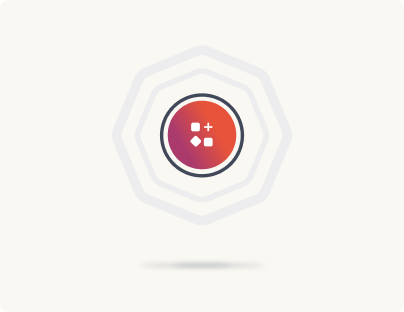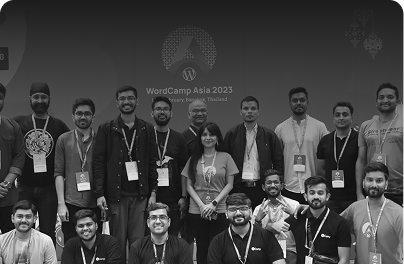Oxygen Builder vs Gutenberg: Design and Customization
Gutenberg includes styling tools for block-level customization, such as theme.json for global styles. This file allows users to set fonts, colors, and spacing site-wide. Additional plugins further extend its design capabilities without adding complexity.
Here’s a sample theme.json file snippet demonstrating Gutenberg’s basic global styling settings. This file allows you to set fonts, colors, and spacing across your site.
{
"version": 2,
"settings": {
"color": {
"palette": [
{ "slug": "primary", "color": "#3490dc", "name": "Primary" },
{ "slug": "secondary", "color": "#ff5733", "name": "Secondary" }
]
},
"typography": {
"fontSize": {
"small": "14px",
"medium": "18px",
"large": "24px"
},
"fontFamily": "Arial, sans-serif"
},
"spacing": {
"padding": "20px",
"margin": "10px"
}
}
}
Key Features
- Block-Level Styling: Control individual blocks’ appearance, like colors and typography.
- Global Styling via theme.json: Simplifies consistent design for large sites.
- Custom Block Patterns: Allows users to save and reuse layout patterns, streamlining design across pages
Oxygen provides detailed styling options with tools like class-based styling and a design library of pre-designed elements. Users can manage global colors and typography to maintain brand consistency across complex layouts.

Key Features:
- Class-Based Styling: Style multiple elements quickly using shared classes.
- Design Libraries: Access pre-designed sliders, galleries, and other elements.
- Advanced Control for Branding: Global settings for color and typography create cohesive, brand-specific layouts.
Full-Site Editing vs Theme Replacement
With Full-Site Editing (FSE), Gutenberg enables users to modify global site elements like headers, footers, and templates through block-based themes.
FSE Highlights
- Unified Site Management: Edit headers, footers, and templates directly in the editor.
- Theme-Dependent: Requires block-based themes.
Oxygen bypasses WordPress themes entirely, giving users a blank canvas to build every element manually. This approach provides total control over site design but may require additional setup for plugins that rely on theme-based integration.







